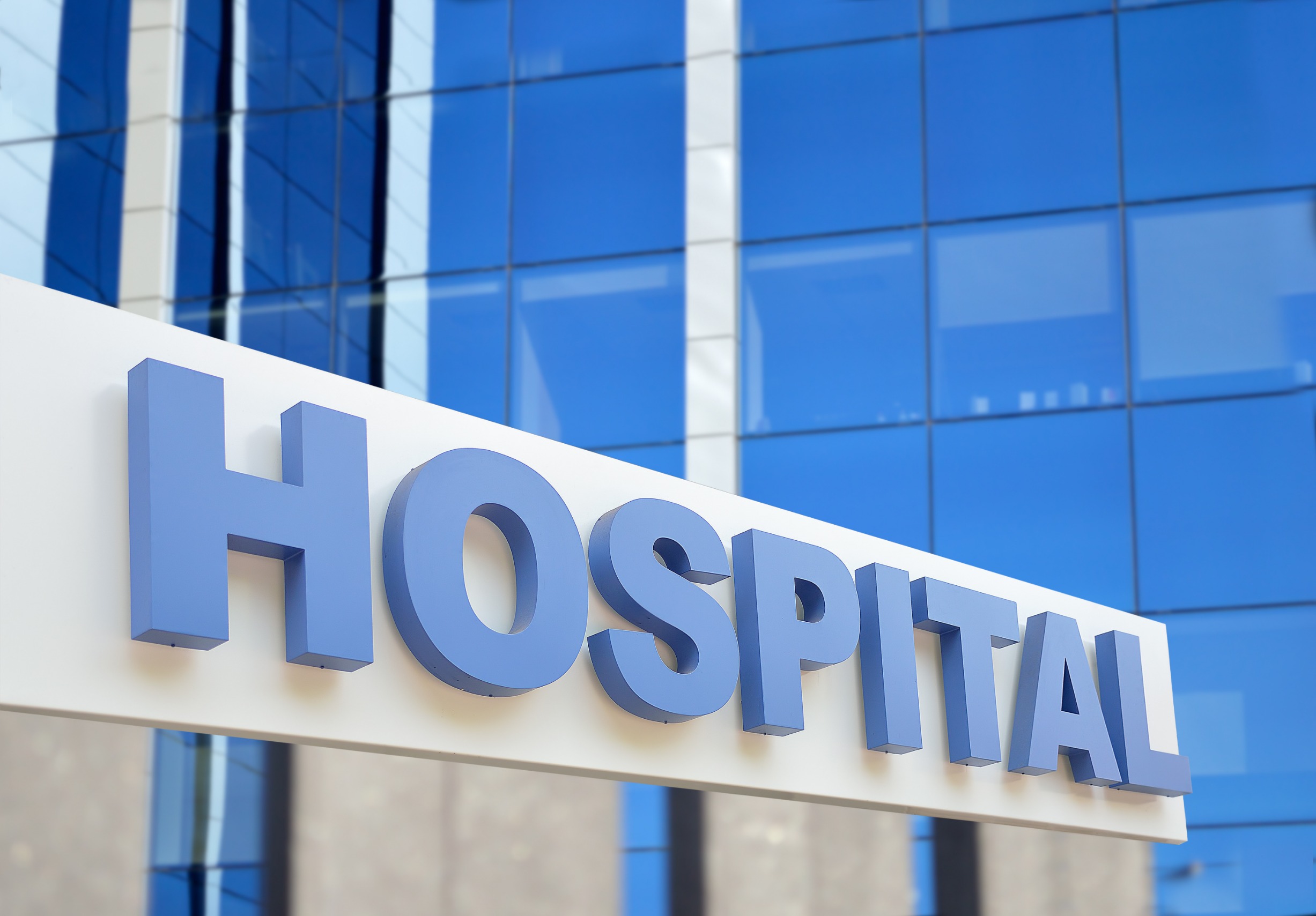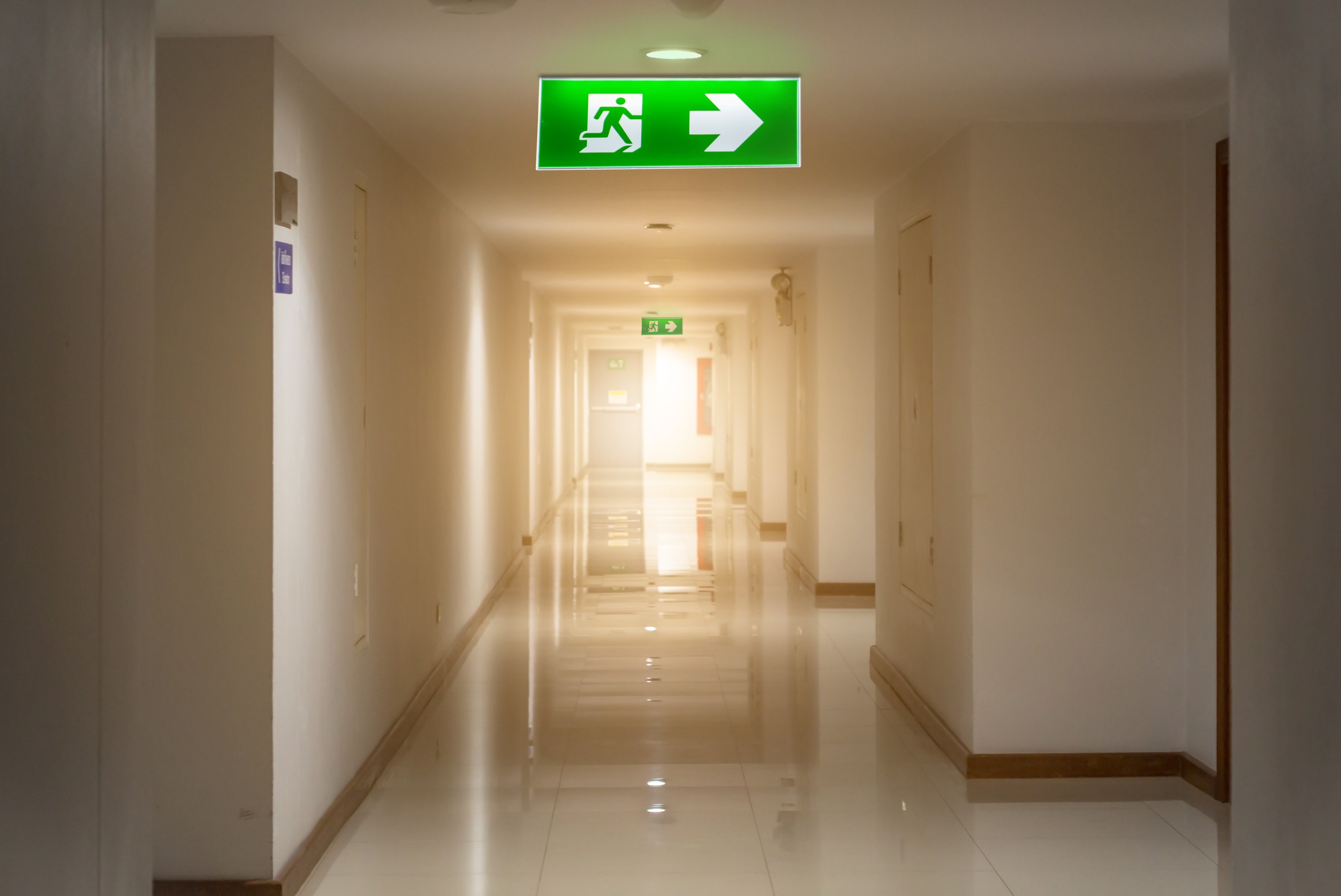
How Can ADA Signs Make Healthcare Facilities More Patient-Friendly?
Walking into a healthcare facility is already as stressful and nerve-wracking as it gets – and that’s true whether it be a hospital, emergency care center, rehabilitation facility, doctor’s office, or imaging center.
But that’s what makes ADA signage so important – especially for people with disabilities.
The last thing your patients need is to walk into a healthcare facility that adds to the stress and discomfort they’re already experiencing by not having the necessary signage to point them in the right direction.
And this is especially true for first-time or out-of-town patients who have never seen your office before.
What your patients really need (outside of your medical expertise and treatment) is an environment that’s calming, easy to navigate, organized, soothing, relaxing, and under control – in every which way possible.
And believe it or not, ADA signs go a long way in helping to create that picture-perfect environment.

Benefits of ADA Signs in Healthcare Facilities
The ADA, which stands for the ‘Americans with Disabilities Act,’ is a federal civil rights law that prohibits discrimination against people with disabilities in everyday activities and many different areas of public life.
It was signed into law by President George H.W. Bush in 1990.
With that said, ADA signage – which is heavily regulated and influenced by ADA standards – is any type of sign that helps people (especially those with disabilities) navigate public spaces and facilities with ease.
And they’re required in all healthcare facilities – primarily because they:
- Improve patient, visitor, and staff’s wayfinding and navigation throughout the facility
- Reduce stress and frustration when trying to find a specific room or office
- Act as a form of communication to ensure patients receive the right information
- Promote safety and accessibility in healthcare environments
- Ensure that healthcare facilities are accessible to all individuals
- Demonstrate a commitment to inclusivity and patient-centered care
ADA signage might seem like a small or minor detail to most people, but it’s the smallest details that often make the biggest differences – and that’s especially true for anyone with a mental or physical disability.

Most Common Types of ADA Signs for Healthcare Facilities
Most doctor’s offices today have anywhere between 10 and several dozen ADA compliant signs strategically located in and around the office – including signs in front of every room, lobby, restroom, and emergency exit.
In fact, some larger facilities and hospitals might have hundreds – even thousands – of them.
While they come in a wide range of sizes, shapes, and colors, each and every ADA sign you see must follow a strict set of ADA guidelines to ensure they’re easy to find and, perhaps most importantly, easy to see.
With that said, let’s take a look at five of the most common types of medical facility signs used today.

5. Medical Room Signs
A medical room sign is any sign outside of a room that visibly displays the purpose of the room and/or the room. To comply with the ADA, these are required if it's a permanent room that's are open to the public.
That includes in front of exam rooms, surgical rooms, patient rooms, waiting rooms, and doctor offices.
Not having the right signs can make it difficult for patients to find the room they’re supposed to be in. They also prevent patients (and employees) from walking into a room they’re not allowed or authorized to be in.
4. Medical Staff Signs
Just because certain areas of your healthcare facility are off-limits to patients, doesn’t mean they’re not subject to the same ADA standards and regulations as the rest of your office – because they are.
I mean, let’s not forget about your employees – some of whom might be living with disabilities.
To ensure they can navigate their workplace easily and comfortably, don’t forget to place medical staff signs in front of all break rooms, personal offices, locker rooms, and any other rooms open to employees.
3. Medical Equipment Signs
Where would doctors and surgeons be without their technology, devices, and other pieces of equipment? After all, it’s part of what makes them so effective – especially with today’s advancements in technology.
Of course, that’s why it’s so important to make sure all that equipment is accounted for at all times.
Not only are medical equipment signs required by the ADA, but they help you keep unauthorized persons out of some of your most vulnerable rooms – especially if left unattended at certain times during the day.
2. Restroom Signs
ADA-compliant restroom signs ensure that everyone, regardless of their physical, visual, or cognitive abilities, can locate and access restrooms in public spaces – including those inside your healthcare clinic.
Let’s be honest – there’s nothing worse than needing to use the bathroom, but not being able to find it.
The same goes for any nursing areas, lactation rooms, shower areas, and locker room areas – which are more common in larger hospitals that accommodate dozens (sometimes hundreds) of doctors at once.
1. Emergency & Safety Signs
Emergency signs can include fire safety signs, fire extinguisher signs, emergency exit signs, AED signs, biohazard signs, areas of refuge signs, and other signs that ensure the health and safety of your patients.
As you can imagine, these types of safety signs (including accessibility signage and parking signs) are vital in the case of an emergency.
If your healthcare facility doesn’t have any of these custom signs, there’s a good chance you’ll face some sort of a penalty, fine, or even a lawsuit – especially if something were to go wrong or an emergency were to occur.

ADA Central: Custom ADA Signs for Your Medical Facility
ADA compliant signage is one of the most important, yet often overlooked aspects of patient care. Even though it has been mandatory for the past 34 years, some people still don’t understand how important it really is.
Here at ADA Central, we fully support the mission behind the ADA.
In fact, we’ve created an entire business founded on the ADA’s mission.
We work closely with healthcare facilities all around the world to ensure their practice complies with ADA standards -- and that includes making sure they're made with raised characters, braille signs, and other accessible features.
With the right signage, you’ll be able to maintain safe and functional spaces for people of all abilities. To learn more about custom ADA signs, contact us today at (308) 221-8226 or check out our online shop.

